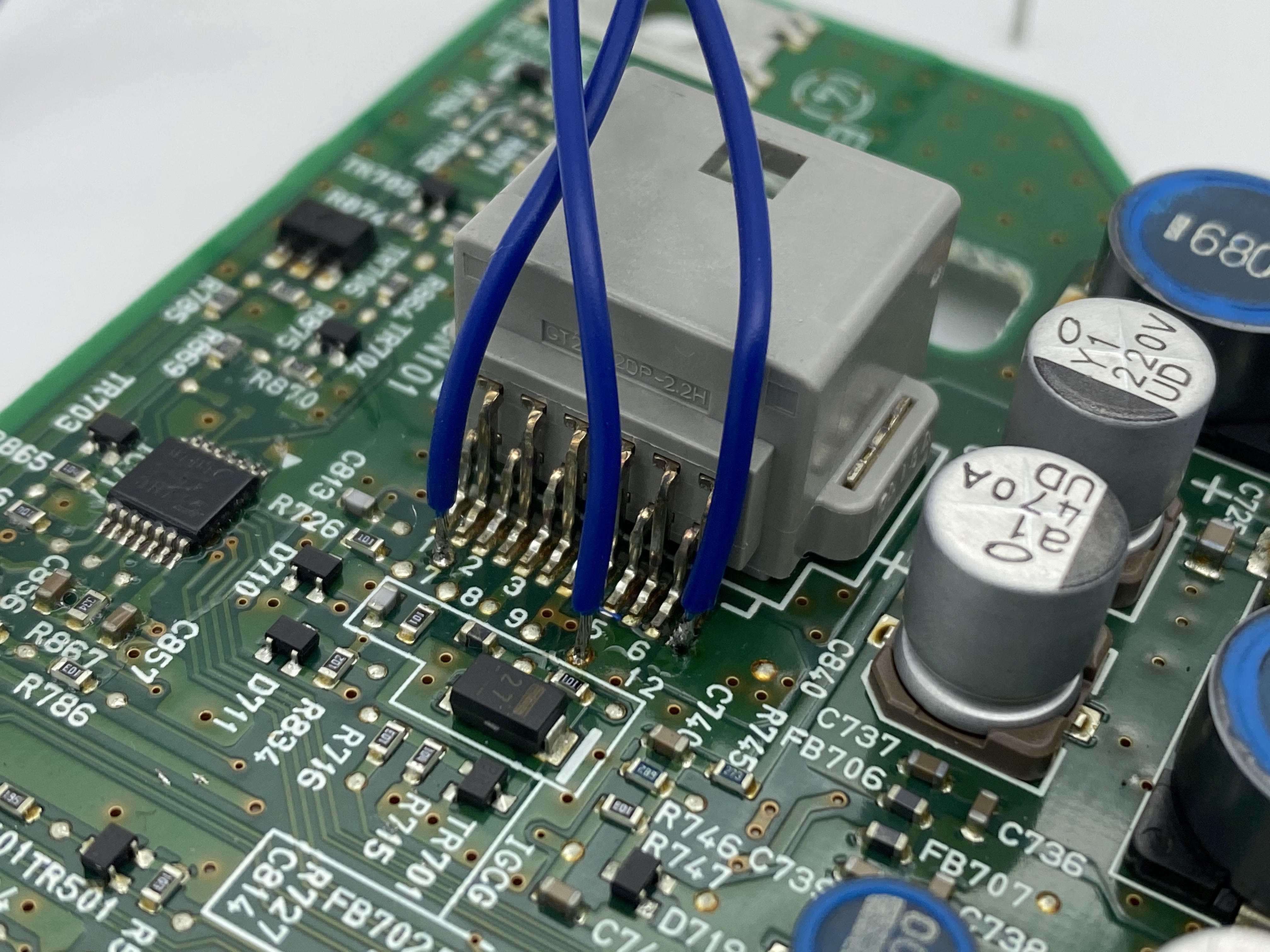That's good news on the waffle plate.
The boards look okay from the great pictures.
This is not the usual failure mode that we see of the snubber caps and fuse, and is probably the first time for these symptoms.
The current sense circuit was traced out, and there are some notes about the low voltage power supply, here on page 11, The transformer is T302 located on the bottom board. The 16VDC supply is located on the top board.
Output HV and Current Sense.
Not sure that the PFC was ever posted but i'll look for that also.
The boards look okay from the great pictures.
This is not the usual failure mode that we see of the snubber caps and fuse, and is probably the first time for these symptoms.
The current sense circuit was traced out, and there are some notes about the low voltage power supply, here on page 11, The transformer is T302 located on the bottom board. The 16VDC supply is located on the top board.
Output HV and Current Sense.
Not sure that the PFC was ever posted but i'll look for that also.


































